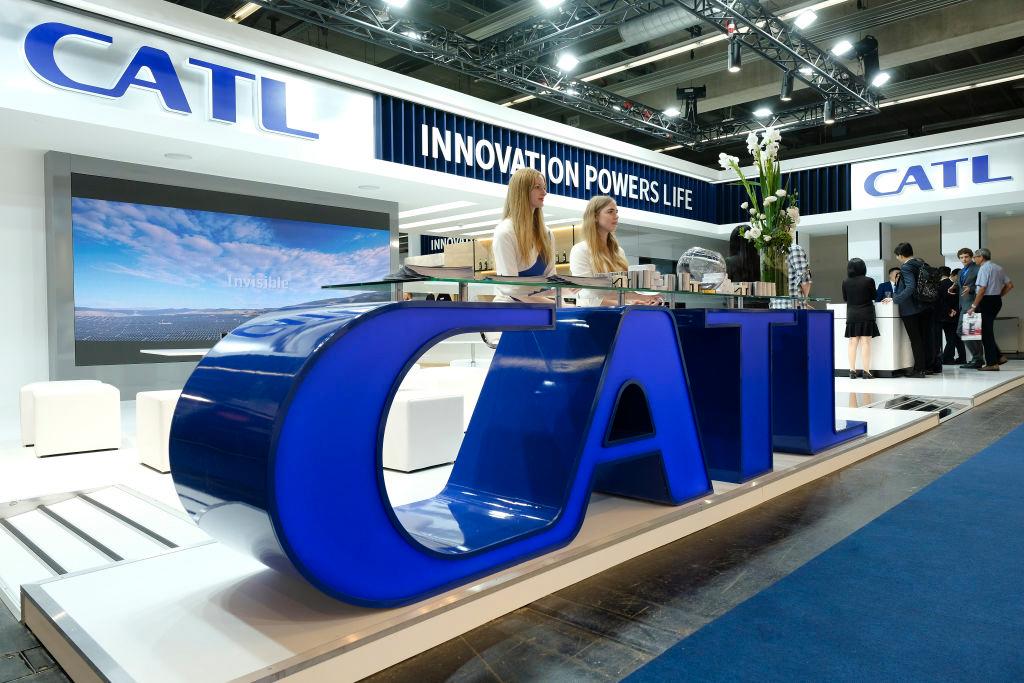Producer prices—the cost of goods and services paid by businesses—came in hotter than expected, suggesting that businesses are persistently experiencing higher costs that could eventually be passed onto consumers.
The monthly boost was driven by a 0.6 percent increase in prices for final demand services. In contrast, goods inflation fell 0.5 percent.
On a year-over-year basis, the PPI climbed higher than expected, to 2.6 percent. This was up from the upwardly revised 2.2 percent in the previous month.
The PPI is now up in five of the past six months.
Core PPI, which omits the volatile energy and food components, advanced 0.4 percent, coming in higher than the market estimate of 0.2 percent. The latest core PPI reading was up from the 0.3 percent print in May, which had been adjusted upward from zero percent.
Core wholesale prices swelled to 3 percent year over year in June, surpassing economists’ expectations of 2.5 percent. This, too, was up from the 2.6 percent reading in May that had been revised up from 2.3 percent and represented the highest figure since April 2023.
Cumulatively, the PPI has surged nearly 25 percent since January 2021. By comparison, the Consumer Price Index (CPI) has risen close to 20 percent in the same span.
Economists pay close attention to the PPI because it acts as a precursor to future inflation trends since the measurement is early in the supply chain.
The hotter-than-expected PPI differs from the latest CPI data, which slowed to 3 percent in June, indicating that progress has been resuscitated in bringing down inflation.
Supplier Prices Still Rising, New Survey Says
The uptick in wholesale inflation wasn’t surprising for small business owners, says Andrew Crapuchettes, the CEO of RedBalloon.According to the latest Freedom Economy survey by RedBalloon, obtained by The Epoch Times, nearly 72 percent of small businesses reported that their supplier prices rose again in June.
“There’s still a lot of uncertainty among small-business owners as they anticipate inflation’s direction,” Mr. Crapuchettes said in a statement.
“Unfortunately, today’s wholesale inflation report doesn’t indicate that stability and predictability are returning to wholesale prices and the economy as a whole.”

Despite the elevated percentage of small-business owners paying higher supplier prices in the past 30 days, it was the lowest reading in seven months.
The latest batch of Purchasing Managers’ Index (PMI) reports highlighted comparable findings. PMIs indicate the direction of economic trends in the manufacturing and service sectors.
Market Reaction
U.S. financial markets were little changed following the PPI numbers.The tech-heavy Nasdaq Composite Index suffered its worst session on July 11, and eased from its record high. Investors were rotating out of tech stocks, allowing the broader market to enjoy gains.
Treasury yields were mixed on July 12, with the benchmark 10-year yield topping 4.2 percent. The two-year yield dipped below 4.49 percent, while the 30-year eyed 4.42 percent.
Yields tanked on July 11 as the CPI fueled expectations that the Federal Reserve would loosen monetary policy this year.
Meanwhile, a slightly hotter PPI reading wasn’t enough to reverse the greenback’s downward trend. The U.S. Dollar Index, a gauge of the buck against a basket of currencies, fell below 104.2.







